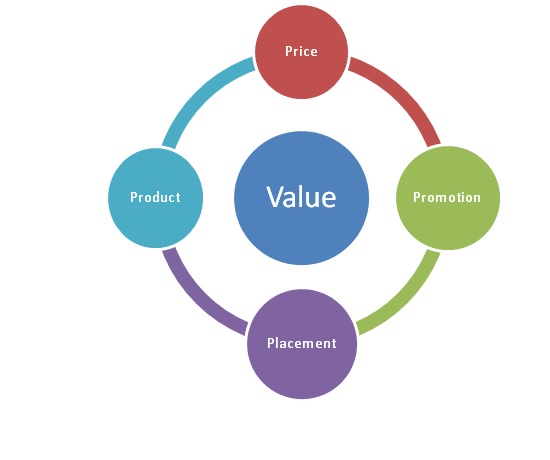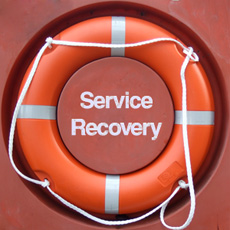One of the frustrating experiences of a Customer Service representative is having an expectation or directive from the company’s top management to offer excellent service to customers yet receiving no real commitment from the same management. The company as a whole has no realistic customer oriented vision or mission, it lacks a strategy for truly satisfying her customers, and feedback from customers is never taken seriously unless it’s about to degenerate into a PR crisis.
The global drive towards excellent customer service has been on now for no less than two decades, yet for many companies, it’s still just an issue for a department. The company is yet to grasp that customer satisfaction is not an aspect of the business; it is the business. We simply cannot offer excellent service unless the whole company believes in it and aligns all – I mean all – her processes, goals, and decisions toward this aim. It affects every department. Finance should believe this, HR should buy into it, and Operations should practice it. And the key driver of the whole process has to be top management. If they neglect this or merely offer shoddy support, you might as well close the Customer Service department and tell your customers to go elsewhere. And, believe me, they have options.
The company’s top management must not just preach excellent customer service, it must not just state on the company’s website or corporate documents that “Our customer is our priority”, or some similar cliché. It must show this commitment to the customer in how it designs its products, processes, and systems. The security official at the gate must understand that the customer really is king and not treat every potential one like a possible terrorist. The front line personnel should be confident that she can really go the extra mile for a customer and not be held back by an antiquated ‘policy’.
So much more can be done, but it starts with management really believing in customer service.






